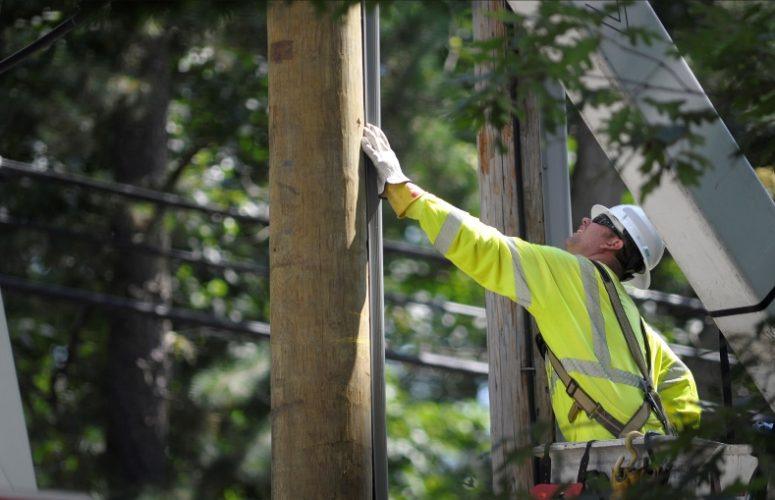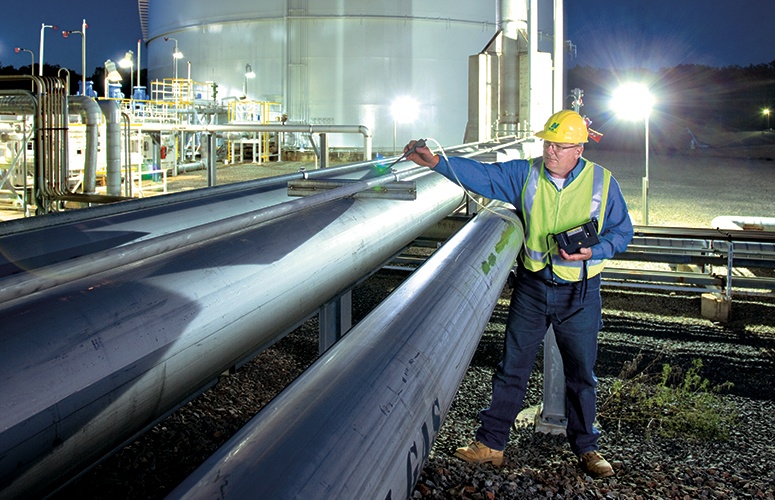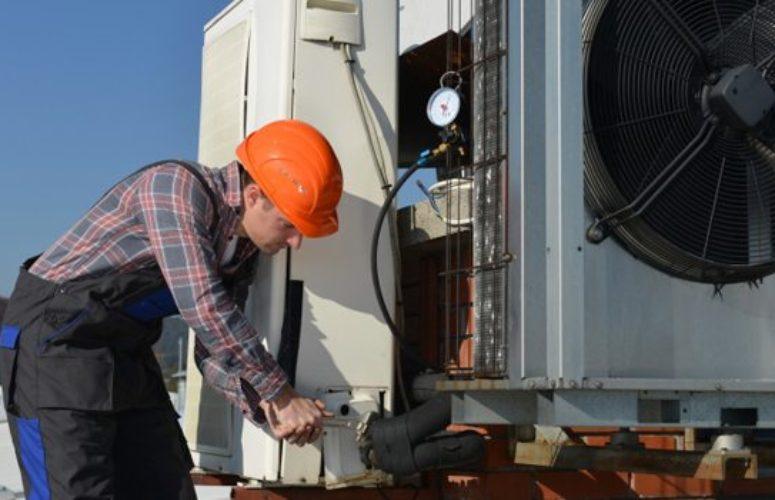
PSE&G Teams with Google, EDF to Stop Methane Leaks
On Dec 13, 2016Working closely with Environmental Defense Fund and Google Earth Outreach, Newark-based Public Service Electric & Gas (PSE&G), New Jersey’s largest utility, is reducing methane leaks from its natural gas distribution system much faster than before, thanks to new technology developed by EDF, Google and Colorado State University. The technology is helping the utility prioritize which aging pipes are replaced first during its three-year, $905 million gas infrastructure replacement program.
The key breakthrough is measuring the volume of gas escaping, and not just the number of leaks. Using data gathered by a specially-equipped Google Street View mapping car, PSE&G was able to reduce methane emissions from targeted areas by 83 percent, and do it more quickly than otherwise possible. PSE&G achieved this emission reduction by replacing 35 percent fewer miles of pipe than if the utility had not used the data gathered by EDF and Google. The typical cost of replacing a mile of gas line on PSE&G’s system is about $1.5 million to $2.0 million.
Leaks like those targeted by the project don’t usually pose an immediate safety threat. But leaking natural gas – which is mostly methane – has a powerful effect on the climate. That’s because methane has more than 80 times the warming power of carbon dioxide over a 20-year timeframe. These leaks are a persistent challenge for utilities, particularly in the Northeast, where natural gas infrastructure is older.
“Reducing methane emissions is one of the quickest ways we have to protect the climate. PSE&G deserves a lot of credit for making this a priority. It takes courage to invite an environmental group to come sniffing around for leaks on their system,” said EDF President Fred Krupp. “By tackling these leaks faster, PSE&G will achieve a lot more environmental benefit for their infrastructure dollars. That’s good for their customers, and good for New Jersey.”
EDF and partners began publicly testing their new way to measure natural gas leaks in 2014. Intrigued by the methodology, PSE&G asked to collaborate with EDF to measure leaks in portions of their natural gas distribution system slated for replacement. By 2018, PSE&G plans to replace up to 510 miles of aging cast-iron and unprotected steel gas lines, under a program approved a year ago by the New Jersey Board of Public Utilities.
“Under our $905 million program, we are accelerating the modernization of our gas system, replacing 170 miles of pipe each year versus an average of 54 miles in the past,” said Ralph LaRossa, president and COO of PSE&G. “Reducing methane is a serious challenge for utilities, but also a big opportunity. Using the data from EDF, we are able to keep safety paramount, while achieving more environmental value, at less cost and more quickly than before, which benefits both our customers and the climate.”
PSE&G gave EDF information on the location and type of gas lines in target areas. A Google Street View car spent six months gathering millions of readings over hundreds of miles of roadway in some of the most densely populated areas in New Jersey, including parts of Bergen, Essex, Hudson and Passaic counties. The team used algorithms refined over several years to assess the vast data stream. PSE&G replaced sections with the highest company rankings first, and used EDF’s ranking to prioritize the rest, locking in methane reductions quickly while keeping safety the top consideration.
The mapping cars found an average of about one leak for every mile of gas line within grid areas where leak flow rate was quantified. The maps represent a snapshot in time and may not reflect current leaks. A number of the leaks identified through this collaborative project have already been repaired or eliminated through the replacement of cast iron pipes, including all leaks deemed hazardous by PSE&G’s existing leak grading system.
“We are excited that new technology powered by Google can play an important role here, to advance the measurement, analysis, and communication of environmental information,” said Karin Tuxen-Bettman, program manager for Google Earth Outreach. “Making this information more accessible can make a meaningful difference in people’s lives.”
Utilities in New York and California are already publishing dynamic maps of their natural gas leaks. Sharing geographically-attributed leak data can help regulators and ratepayers track utilities’ leak management performance, and ensure cost-efficient emission reductions. For its part, PSE&G is leading the way in using leak data to make better management decisions, demonstrating that new and improved data can maximize the benefits of pipeline replacement programs.
Related Articles:





